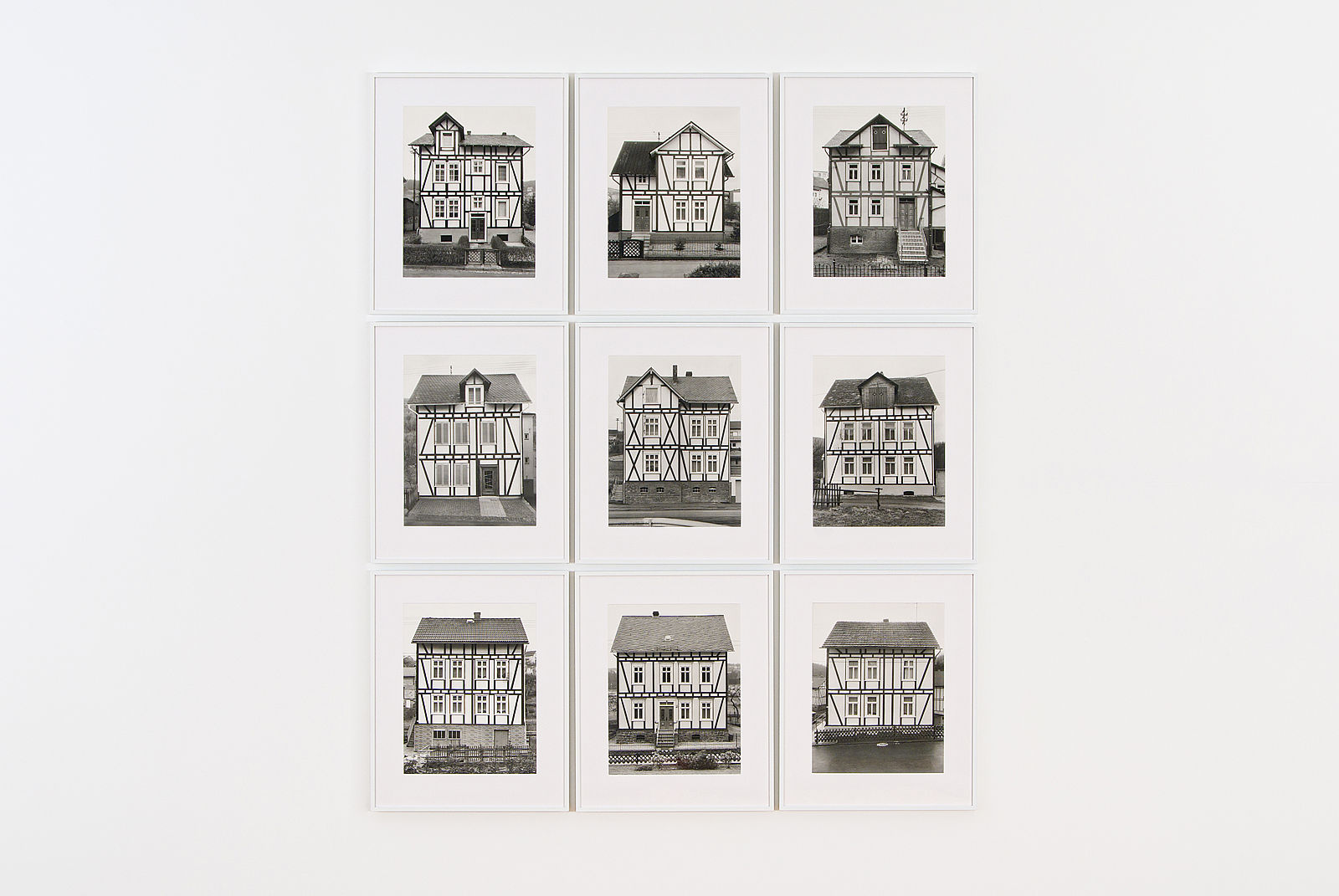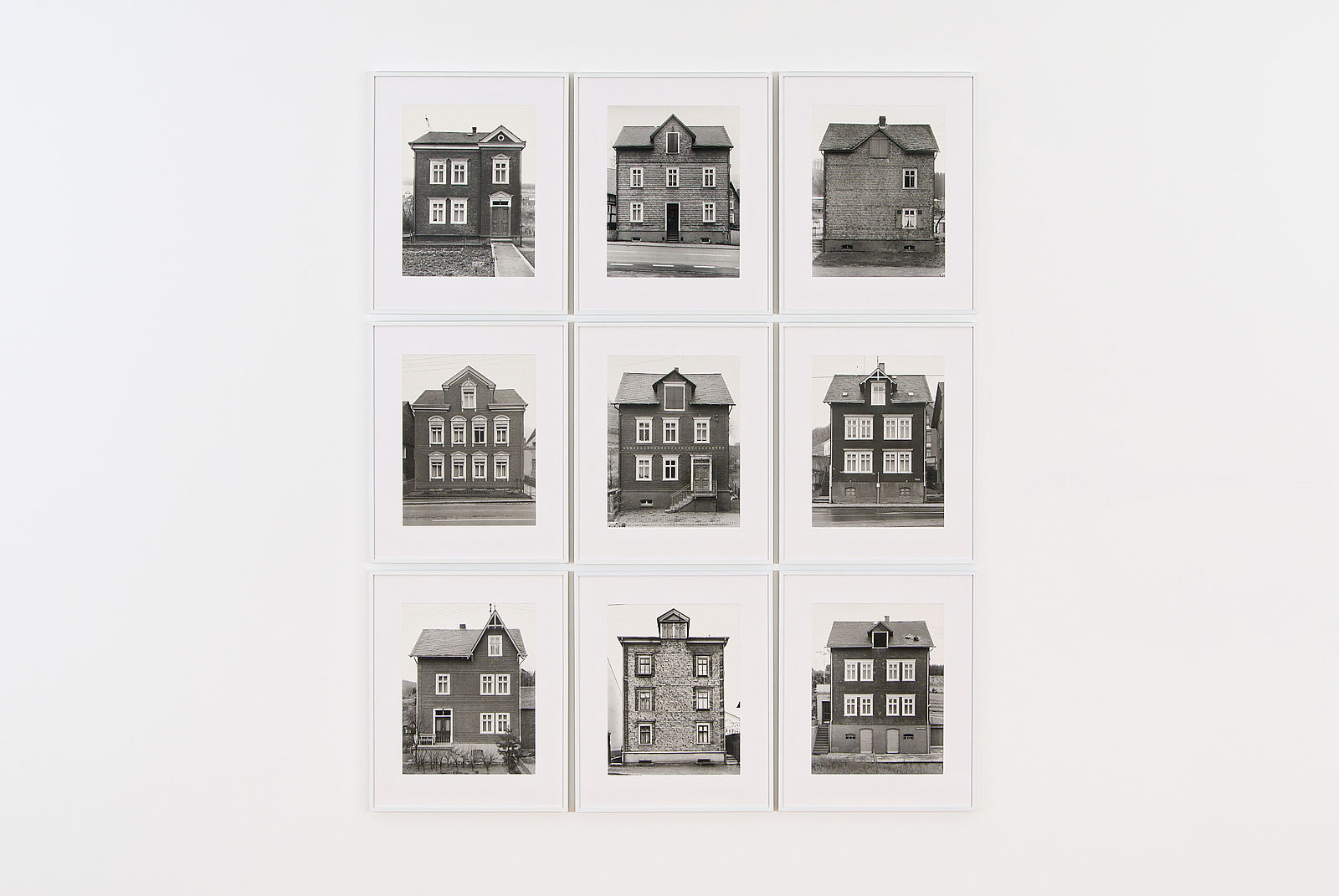Bernd and Hilla Becher
Framework Houses in Siegen’s Industrial Region
“We were lucky to still be able to photograph a lot of constructions from the most important period of their development. Had we started our work later, the constructions from the 19th century would no longer have existed and those from the 1920s and 1930s would have changed a lot.”
Bernd and Hilla Becher
The so-called framework houses in Siegen’s industrial region can be found in many localities around Siegen as well as in the city itself. Most of them have been clad completely over the years, or have been enlarged with extensions. But at their heart, behind the façades, are the half-timbered constructions made of wooden beams and partitions typical of the Siegerland region.
The artist couple Bernd and Hilla Becher photographed these buildings between 1959 and 1978 and so made them internationally famous. But who were Bernd and Hilla Becher? What are the framework houses in Siegen’s industrial region all about? And what exactly is the Becher School?
On this site you will find plenty of background information about the life and work of the artist couple. A comprehensive selection of photographs and short texts enable all those interested to learn more about the Bechers’ art and, above all, about the famous framework houses. The accompanying audio files are only available in German.
Bernd and Hilla Becher
Hilla, née Wobeser (*1934 in Potsdam, †2015 in Düsseldorf) and Bernd Becher (*1931 in Siegen, †2007 in Rostock) became famous as a photographer couple. They achieved great national and international fame with their black-and-white photographs of industrial buildings threatened by closure or demolition in the course of regional structural change. The Bechers were exclusively interested in photographing functional buildings and their integration into the landscape.
Bernd Becher, who was born in Siegen, originally wanted to become a book illustrator and had already begun to record the dismantling of the once vital collieries in his home region in drawings at the end of the 1950s. Hilla Becher was a trained photographer, and so she brought with her the necessary knowledge of photographic practice. She was also interested in the aesthetics of industrial objects and forms from early on.
Together, therefore, they set themselves the task of photographing industrial plants and buildings that were facing demolition, as well as entire stretches of landscape.
Artistic Development and Work
The artist couple began photographing the framework houses typical of the Siegerland region at the end of the 1950s. Later, the Bechers also concentrated on recording other functional buildings, such as collieries, blast furnaces, winding towers and water towers. To do so, they travelled with their camera not only in Germany, but also in Great Britain, Spain and the USA, among other places. Today, their photographs can be found in many collections all over the world.
On the one hand, they wanted to capture the buildings’ condition at that specific time; however, they also wished to highlight their characteristic features. Bernd and Hilla Becher achieved this specifically by taking a whole series of photographs of one type of building. They called this method of compiling their images “typologies”. Similarities and differences emerge clearly in the juxtaposition of the objects. Industrial buildings and seemingly banal structures thus took on a new aesthetic quality, which no previous architectural photography had been capable of achieving quite so clearly. Another term was coined for the Bechers’ work, especially for their photographic images of industrial architecture: Among other things, such photographs of blast furnaces or winding towers came to be known as “anonymous sculptures” because the Bechers recognized a sculptural value in the industrial architecture, although the names of the original builders were not known.
“I see every kind of photo as an artistic process. The way you do it and the way you perceive it and display it, present it and so on, that’s a creative process, but of course the craft also plays a big role in it.”
Hilla Becher
Photographic Process
Bernd and Hilla Becher’s black-and-white photographs are now an integral part of art and photographic history. They have a high recognition value because the artists used a very specific technique for their photographic process. In the early years, the couple took photographs using an adjustable medium-format camera, which made it possible to take negatives in the 6 × 9 cm format. Later, they worked with a large-format camera, also called a plate camera, which produced analogue photographs with a negative format of 13 × 18 cm.
There were various aspects that the Bechers always kept in mind when taking their photos: They did so almost exclusively in spring or autumn, with overcast skies and neutral light, as there were fewer shadows that way. It was also important that large trees did not obscure the view of the buildings with their leaves. That’s why the couple always chose a vantage point that was as open as possible and allowed them a slightly elevated perspective from a certain distance. With the help of these “rules”, Bernd and Hilla Becher were able to capture a specific section of their objects, so that the future comparability of the images was guaranteed.
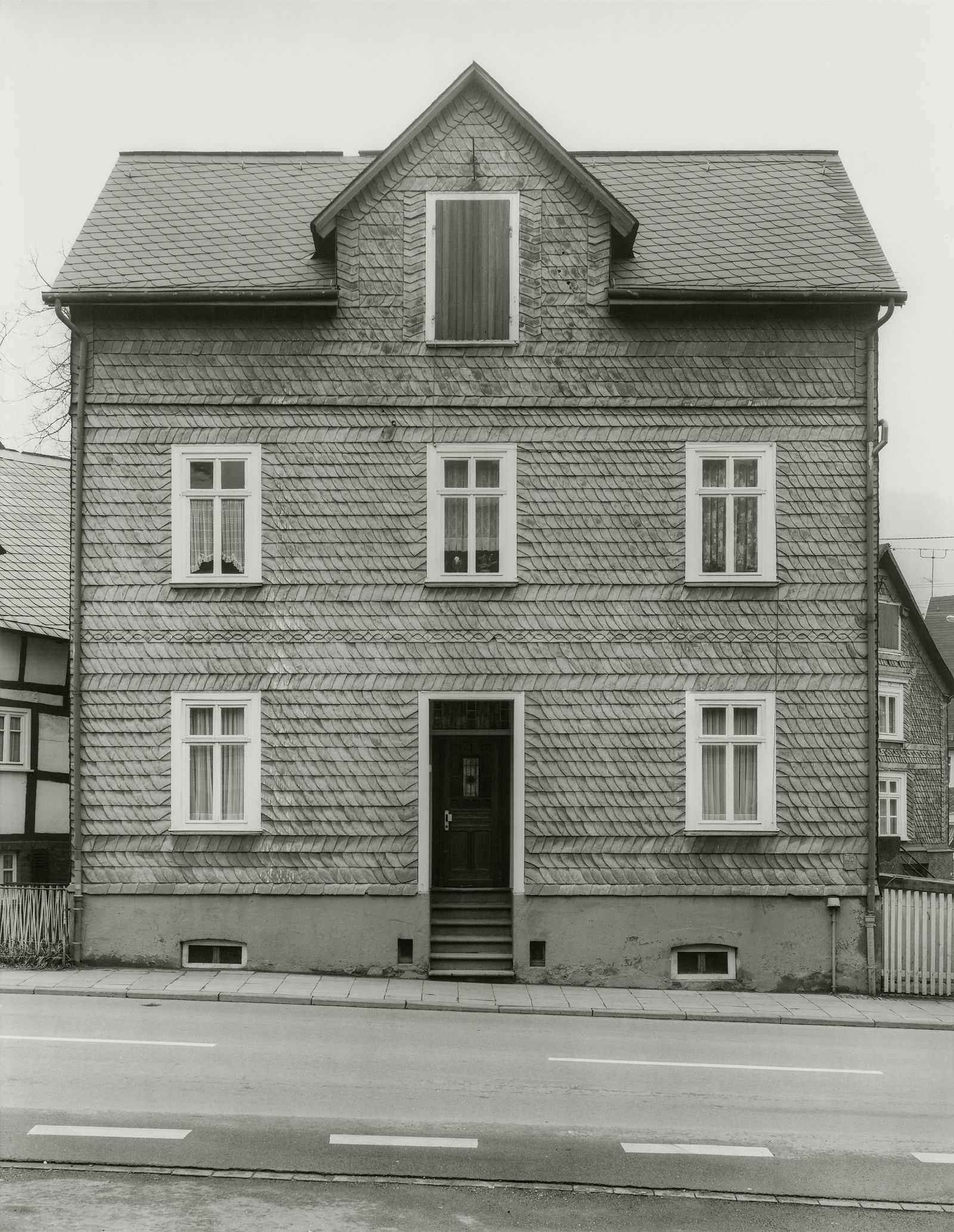
Bernd and Hilla Becher, Fachwerkhäuser des Siegener Industriegebietes, 1959–1978, Freiengründer Straße 4, Eiserfeld, 1962, Contemporary Art Collection, permanent loan Peter Paul Rubens-Stiftung and Photographische Sammlung/SK Stiftung Kultur, Köln, Estate Bernd and Hilla Becher, represented by Max Becher
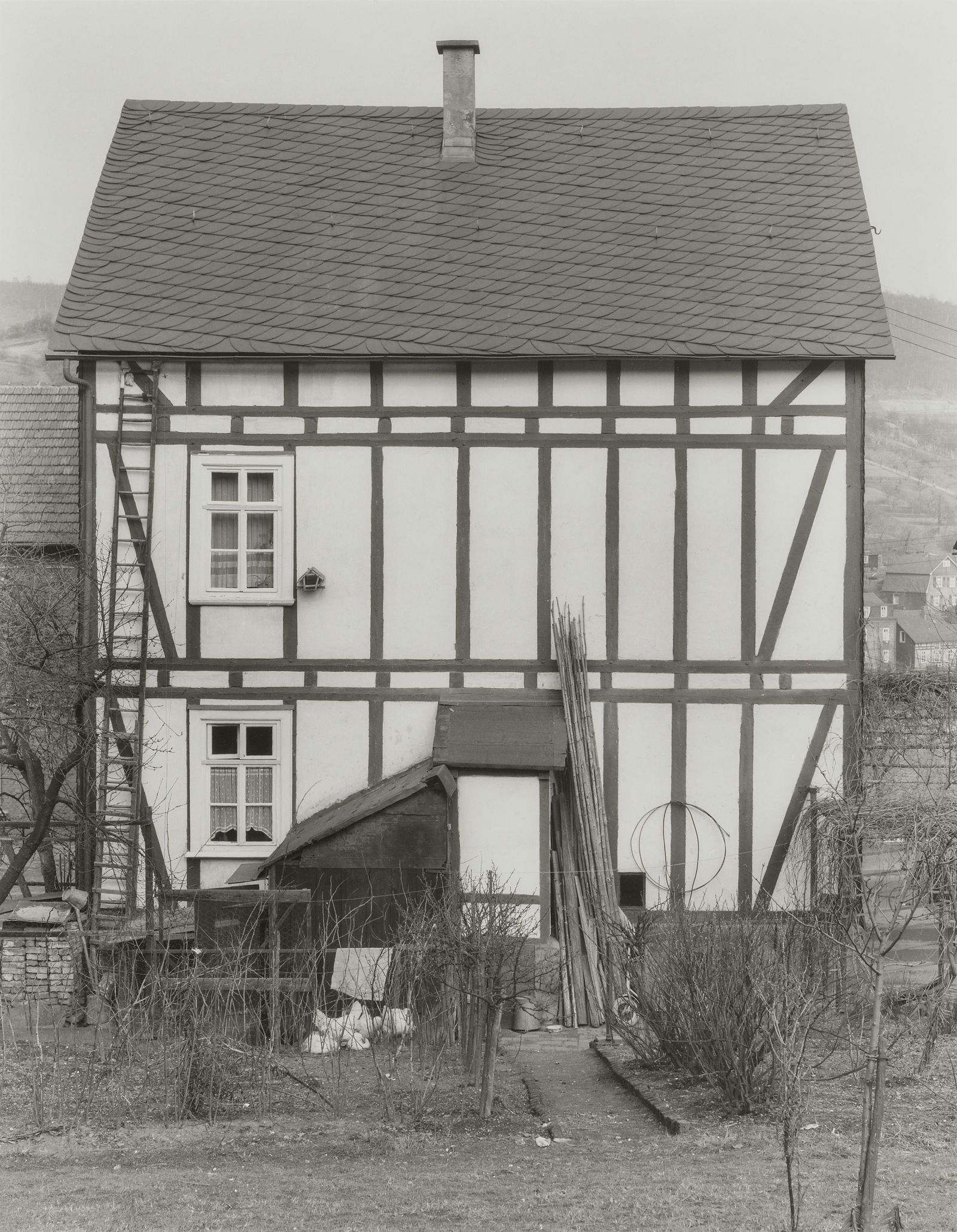
Bernd and Hilla Becher, Fachwerkhäuser des Siegener Industriegebietes, 1959–1978, 104 Freiengründer Straße, Eiserfeld, 1960, Contemporary Art Collection, permanent loan Peter Paul Rubens-Stiftung and Photographische Sammlung/SK Stiftung Kultur, Köln, © Estate Bernd and Hilla Becher, represented by Max Becher
Framework Houses in Siegen’s Industrial Region
In Kreuztal, Geisweid and Weidenau as well as in Eiserfeld, Niederschelden and in Herdorf: Bernd and Hilla Becher photographed the typical framework houses in numerous districts and communities around Siegen as well as in the city itself. They began doing so in 1959 and completed the work in 1978. The result is a collection of several hundred photographs, the “Fachwerkhäuser des Siegener Industriegebietes”, all showing framework houses in Siegen’s industrial region from different perspectives. These were published in an illustrated book as early as 1977. Especially for the opening of the Museum für Gegenwartskunst Siegen in 2001, the artist couple put together an extensive photo group from this collection, consisting of 13 typologies arranged from 147 individual views. Today, that group of photographs belongs to the museum’s collection.
From the beginning, Bernd and Hilla Becher divided the photographs of the framework houses into individual categories, differentiating according to the side of the house they had photographed. And so there are photographs of the street view and the rear, but also of the gable ends. Some houses were even so accessible to the couple that they were able to carry out a so-called “Abwicklung” (processing). This meant that a building was photographed at a 45-degree angle from several different viewpoints, sometimes resulting in up to eight views of the same house.
Framework Houses in Siegen’s Industrial Region
Characteristics of the Regional Building Method
The typical framework houses in Siegen’s industrial region can be found within a radius of roughly 30 km around the city of Siegen. Today, sometimes they are no longer recognizable as half-timbered structures because the façade has been re-clad or the owners have carried out extensive renovation work. But even in the 1960s and 70s, when Bernd and Hilla Becher drove through the Siegerland region in their VW bus to record the regional buildings in their photos, in many places the street façades were covered with slate to protect the house wall from wind and weather. When the houses were built at the end of the 19th century, however, the half-timbering was visible.
One characteristic feature of Siegerland framework houses is the so-called trussless construction method. This means that as few cross beams as possible were used. During the 19th century, the region, like the Ruhr area, had developed into a main production site for iron and steel over the course of Europe-wide industrialization. The available raw materials were largely earmarked for industrial purposes, so that for house construction both the choice of wood and the number of pieces allotted were limited. This gave rise to the houses in the Siegerland region described as “plain” or “unadorned”. It was not permitted to use decorative wood or other unnecessary elements.
“People’s reactions to our photo campaigns were: What is that? These are poor people’s houses! Yes - for the most part miners, ironworkers and farmers and often both.”
Hilla Becher
Tour in Eiserfeld
There is a striking number of framework houses in some villages in the Siegen area. One example is Eiserfeld, now a district in the southwest of Siegen. It was also the site of Eiserfeld ironworks, a production facility for iron ore that rapidly grew in size and sales volume over the course of industrialization in the Siegerland region in the mid-19th century. Against this background, it is not surprising that more and more workers, i.e. miners and trades people, settled in Eiserfeld.
The tour includes 20 half-timbered houses, all within easy walking distance of Eiserfeld’s centre. These houses were photographed by Bernd and Hilla Becher between 1960 and 1972 and are part of the series “Fachwerkhäuser des Siegener Industriegebietes” (“Framework Houses in Siegen's Industrial Region”).
By clicking the letters A–T you can access the exact location of the buildings. For each house you will find information e.g. on the year of construction or about architectural features. The black markers contain additional audio files. Through the photographical comparison of today’s view with the Bechers’ photographs you can follow the architectural changes made within the last 60 years.
Use the map to start the tour of Eiserfeld, following in the footsteps of the Bechers to see the framework houses! One tip before you start: The best view of the houses is always from the opposite side of the street.
Please note that the houses are inhabited. So please respect the residents' privacy. Entering the private property is not permitted. Thank you for your consideration!
The Tableaux
Bernd and Hilla Becher compiled “typologies” based on their photographs of blast furnaces, winding towers and water towers. The couple chose a very specific order in which to arrange the individual images. The Bechers presented the photographs in an arrangement of rows or as blocks of 9, 12 or 15. These comprise individual photographs, each showing an object of the same type. This prescribed order and grouping of the photographs is relevant primarily when they are hung in exhibitions. There are precise instructions for each typology, specifying in what sequence which photograph should hang on the wall. The spacing between the individual photographs is always 1.5 cm, for example. These typologies enable viewers to see the objects comparatively, and so open up a new perspective on everyday architecture.
Some typologies can be found in the MGKSiegen’s Contemporary Art Collection. For example, in exhibitions the “Watertowers (Wassertürme)” (1988), the “Coal Mine Tipples (Fördertürme), Pennsylvania, USA” (1974–1978) and the “Fachwerkhäuser des Siegener Industriegebietes” (1959–1978) are hung according to the Bechers’ precise specifications.
The specified arrangement of photographs showing motifs of the same construction method facilitates comparative viewing and deeper study.
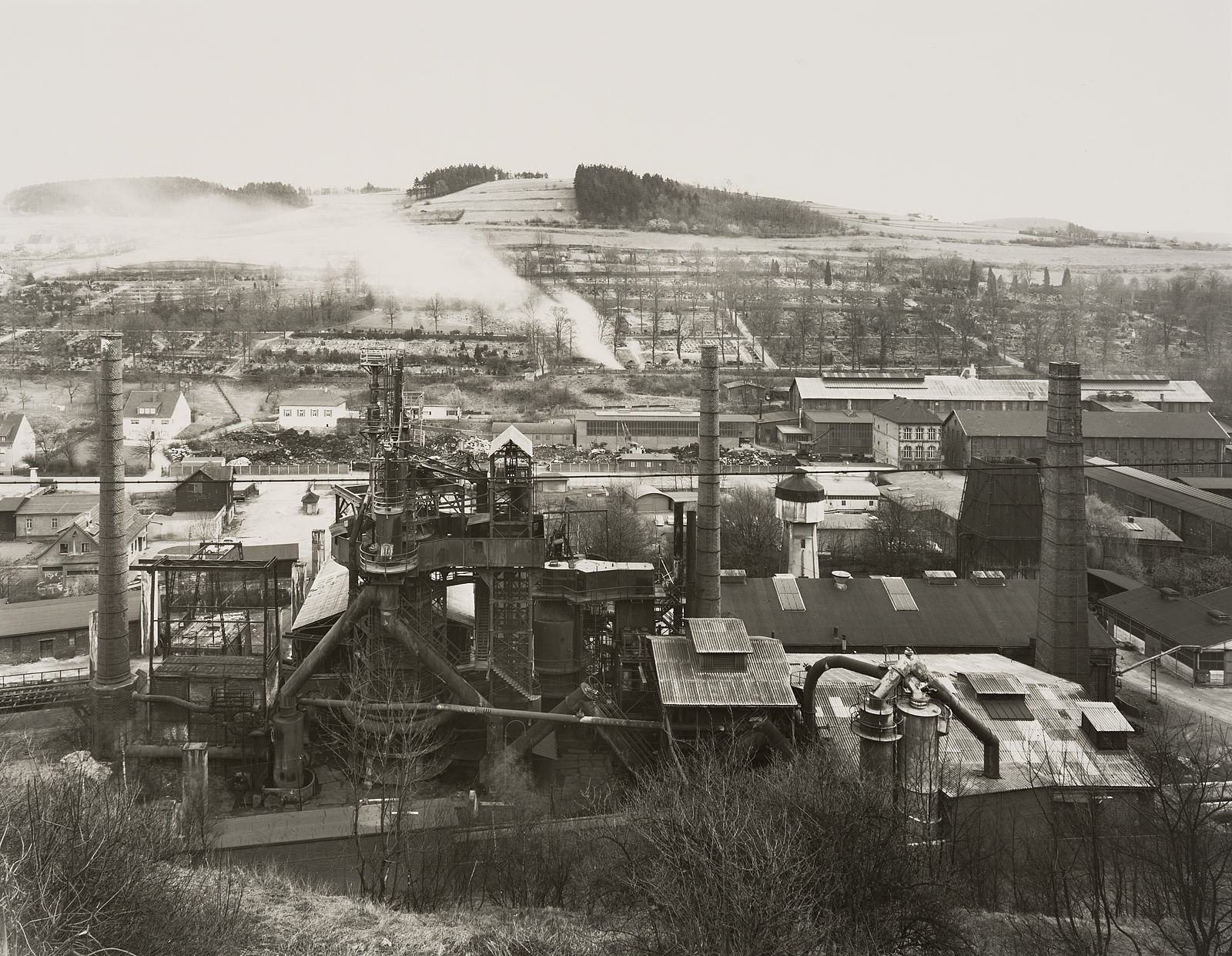
Bernd and Hilla Becher, Industrielle Landschaften, Hainer Hütte, Siegen, 1961, Contemporary Art Collection, permanent loan Peter Paul Rubens-Stiftung, © Estate of Bernd and Hilla Becher, represented by Max Becher, Photo: Christian Wickler
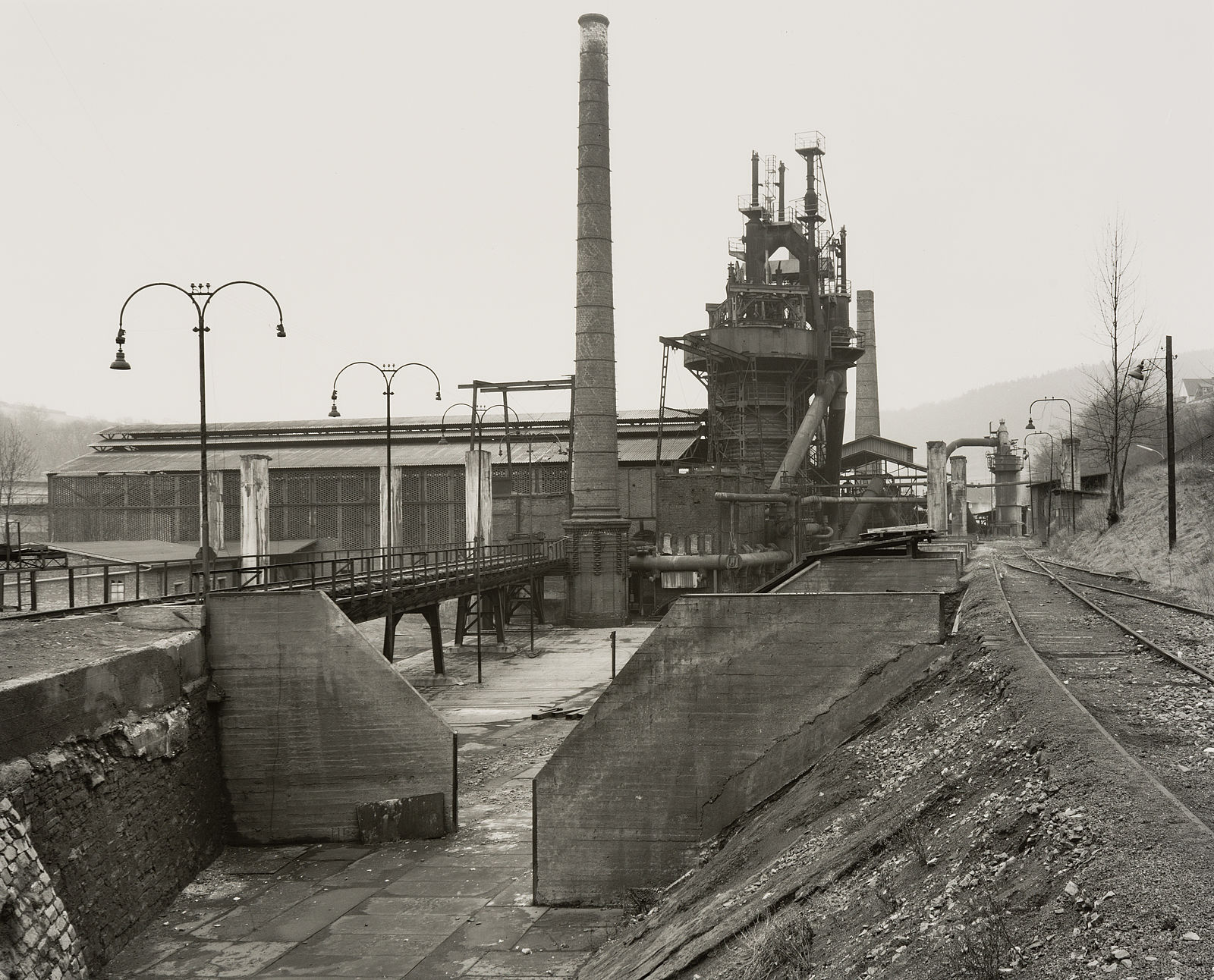
Bernd and Hilla Becher, Industrielle Landschaften, Hainer Hütte, Siegen, 1961, Contemporary Art Collection, permanent loan Peter Paul Rubens-Stiftung, © Estate of Bernd and Hilla Becher, represented by Max Becher, Photo: Christian Wickler
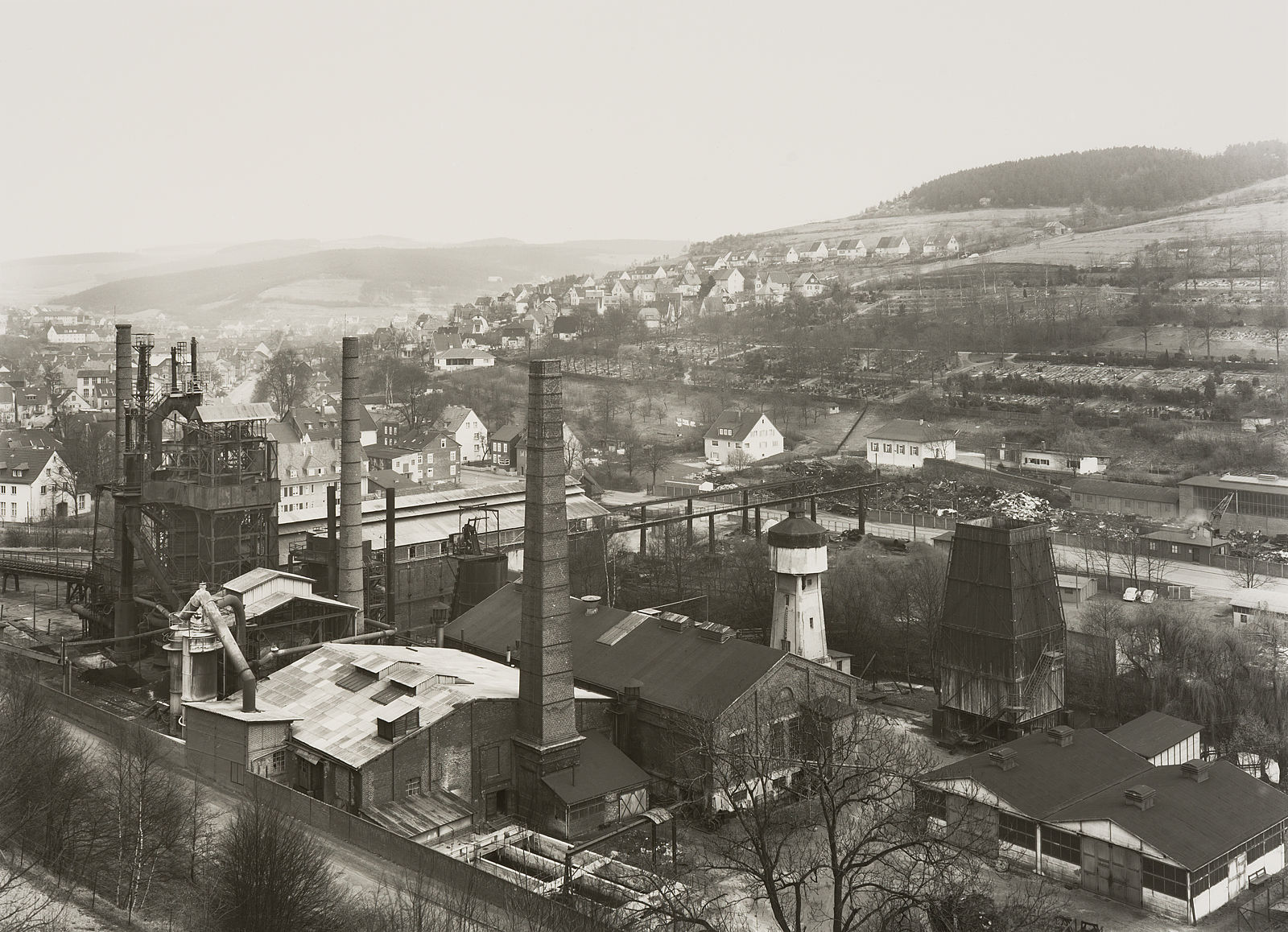
Bernd and Hilla Becher, Industrielle Landschaften, Hainer Hütte, Siegen, 1961, Contemporary Art Collection, permanent loan Peter Paul Rubens-Stiftung, © Estate of Bernd and Hilla Becher, represented by Max Becher, Photo: Christian Wickler
Industrial Landscapes
In the early 1960s, Bernd and Hilla Becher devoted their attention to various industrial locations in the Siegerland region: the “Charlottenhütte” in Siegen-Niederschelden, the “San Fernando” mine in Herdorf, and the “Hainer Hütte“ in Siegen Mitte, which were all sites where iron ore was mined. Large conveyor systems and blast furnaces, shafts and buildings for ore processing characterized the regional environment. The heyday of mining provided up to a thousand jobs in the Siegerland. However, the plants had been shut down decades ago because it was cheaper to buy ore from abroad despite the long transportation routes. During the Second World War, many sites were destroyed by bombs or actively demolished later because they were no longer in use.
From 1961 to 1963, Bernd and Hilla Becher photographed each of the above-mentioned ironworks as well as the mine; they still existed at the time, but for the most part they were already out of operation. The nine photographs are grouped under the title “Industrielle Landschaften” (Industrial Landscapes) and are part of the MGKSiegen’s collection of contemporary art. The couple took black-and-white photographs of these landscapes from some distance, each image focusing on the industrial plants. In the distance, residential buildings and the hills of the Siegen landscape are visible. In addition, the MGKSiegen collection contains photographs of the “Eiserfelder Hütte” and the “Birlenbacher Hütte”, both taken in 1972. These are also multi-part series focusing on the industrial structures.
“With the industrial landscapes, it was primarily a matter of locating the objects in order to be able to understand visually in which plant and at which location the respective winding tower or blast furnace was located. This means that the overall views can again be sorted and compared thematically.”
Bernd and Hilla Becher
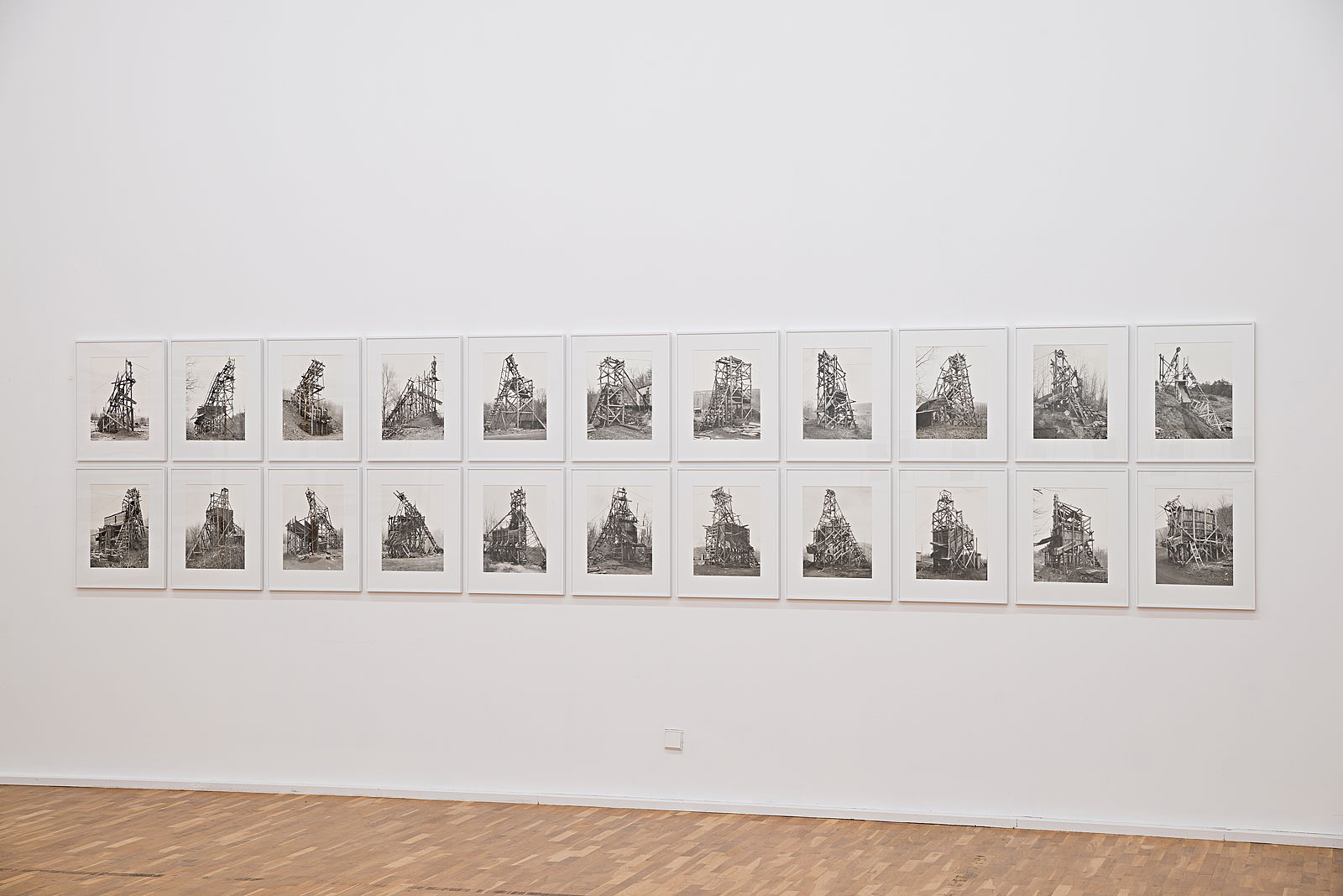
Bernd and Hilla Becher, Coal Mine Tipples (Fördertürme), Pennsylvania, USA, 1974–1978, Contemporary Art Collection, permanent loan Peter Paul Rubens-Stiftung, © Estate Bernd and Hilla Becher, represented by Max Becher, Photo: Christian Wickler
Winding Towers
In addition to the “Fachwerkhäuser des Siegener Industriegebietes” and the “Industrielle Landschaften”, the MGKSiegen collection also includes the “Coal Mine Tipples (Fördertürme), Pennsylvania, USA”. This is a typology of 22 individual photographs taken by Bernd and Hilla Becher in the US state of Pennsylvania from 1974 to 1978.
Looking at the photographs, it is striking that the “Coal Mine Tipples” bear little resemblance to the massive winding towers familiar to us from the Ruhr region, for example, and also photographed by the Bechers. Instead, they appear fragile and provisional. This was precisely the case, as miners who had lost their jobs in the course of the Great Depression had rebuilt the winding towers in a makeshift fashion using found wood in order to continue earning money from mining black coal. This was forbidden, but it secured a livelihood for the workers and their families.
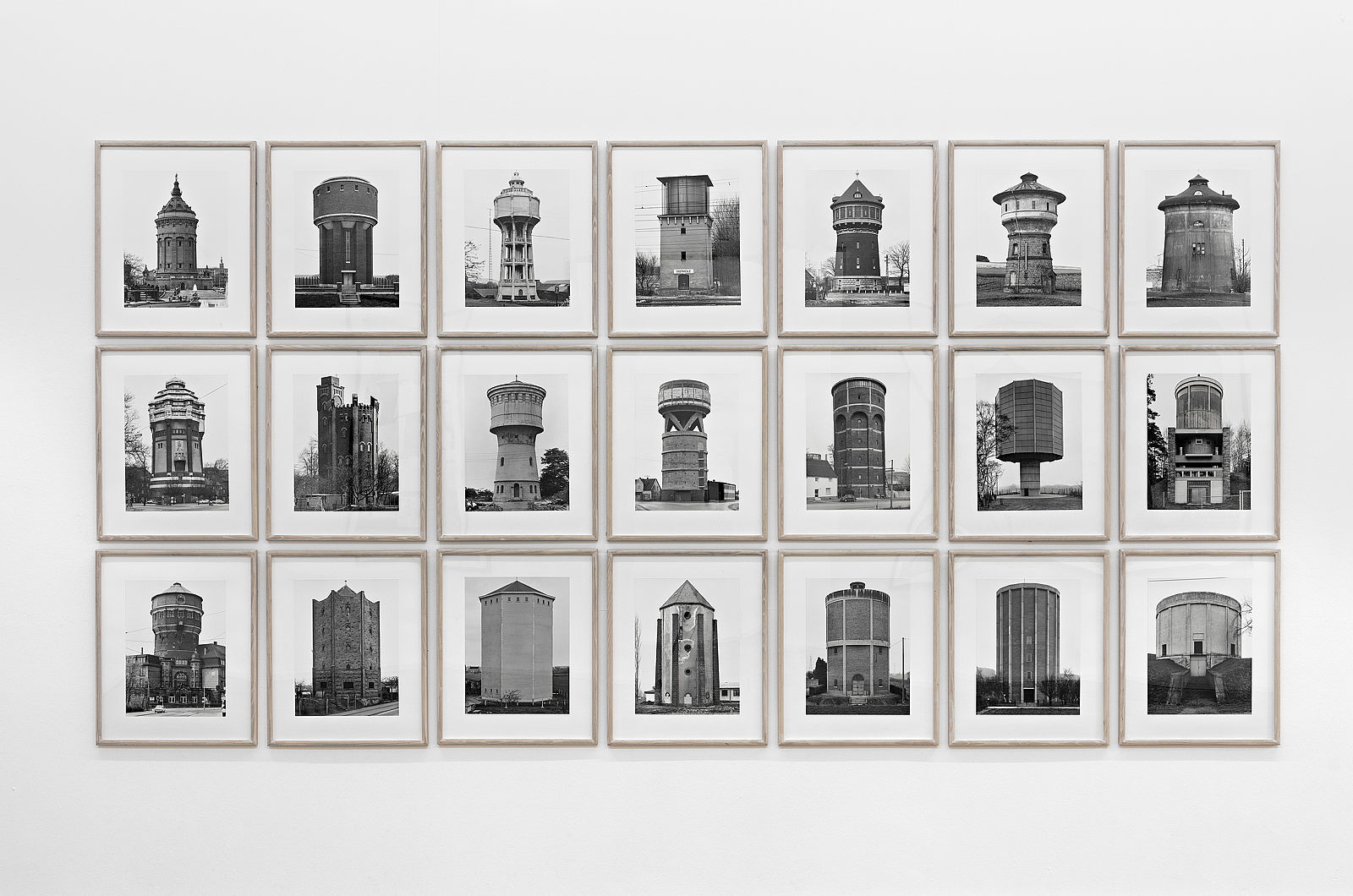
Bernd and Hilla Becher, Watertowers, 1988, Contemporary Art Collection, permanent loan Peter Paul Rubens-Stiftung, © Estate Bernd und Hilla Becher, represented by Max Becher, Photo: Philipp Ottendörfer
Water Towers
Another example of a typology in the MGKSiegen Contemporary Art Collection is the “Watertowers (Wassertürme)”, which Bernd and Hilla Becher compiled in 1988. This comprises 21 photographs of water towers taken in Germany as well as other countries such as France or the USA.
Here, the couple again used the same system familiar from the framework houses in Siegen’s industrial region: photographs were taken in steady, overcast light conditions, and always from a certain distance. Due to the inescapable height of the objects, however, in these photos the Bechers did not always succeed in keeping out possibly disruptive, incidental elements. Looking closely, therefore, sometimes street signs, cars, often adjacent buildings and even people can be discerned! Occasionally, the water towers can be located immediately, e.g. through a sign attached to the tower pointing to the town of Diepholz. For the Bechers, however, the comparability of the individual objects was still the focus of their attention. Similarities and differences between the “Watertowers (Wassertürme)” – buildings with a purely practical use, namely the storage of water for the population – can be grasped easily in a direct comparison of the photographs.
The Becher Class: Using the Example of Works from the MKGSiegen
“Becher Class”, “Düsseldorf School of Photography” or “Becher School”: all these terms are used to describe a group of art students who studied in Bernd Becher’s class at Düsseldorf Academy. Becher had been appointed Professor of Photography at the Academy in 1976, meaning that the first course of study at a German art academy devoted exclusively to photography as an artistic practice had been created! Although Bernd Becher was employed alone as a lecturer, he taught the photographic approach that he had developed together with his wife, the success of which they enjoyed equally.
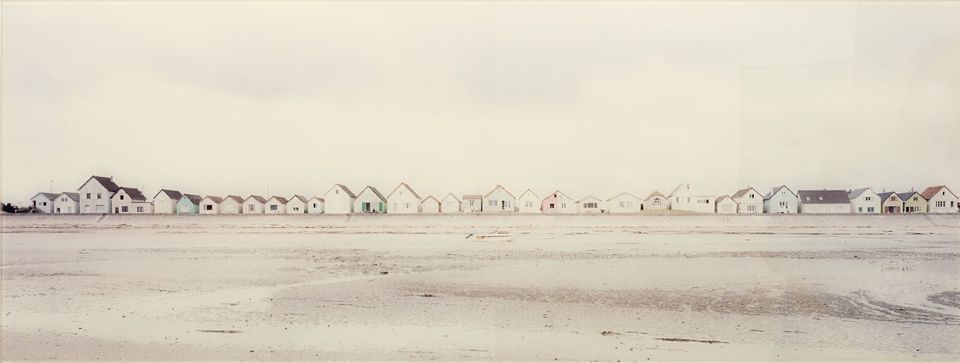
Götz Diergarten, Ohne Titel (Ravenoville), 2000, left, Contemporary Art Collection, permanent loan Kunst im Landesbesitz, NRW, © VG Bild-Kunst, Bonn 2022, Photo: Philipp Ottendörfer
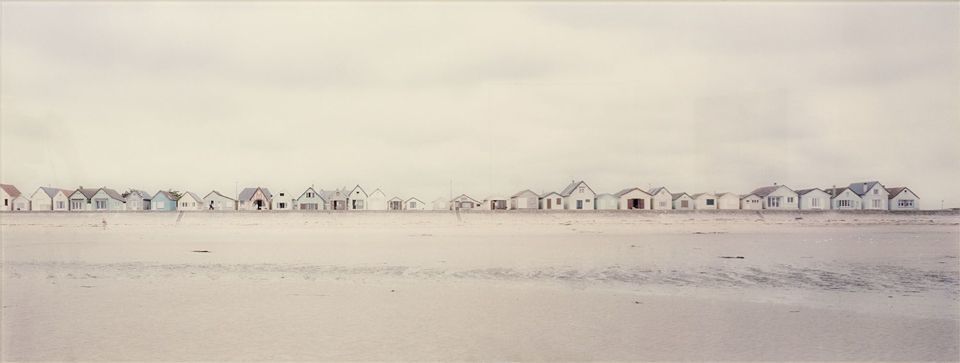
Götz Diergarten, Ohne Titel (Ravenoville), 2000, right, Contemporary Art Collection, permanent loan Kunst im Landesbesitz, NRW, © VG Bild-Kunst, Bonn 2022, Photo: Philipp Ottendörfer
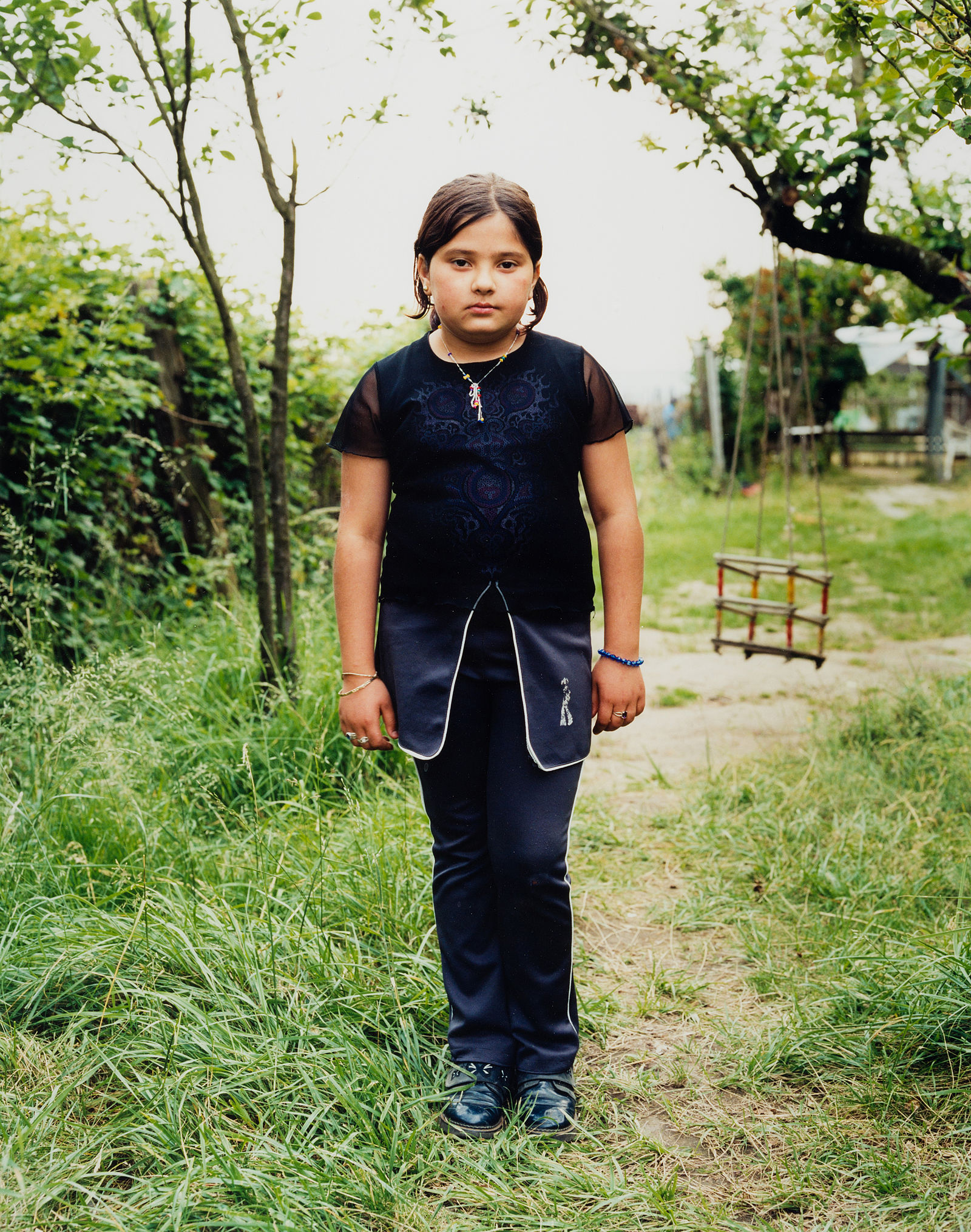
Bernhard Fuchs, Portrait-Fotografien, 1994–2004, Türkisches Mädchen, Neuss 2001, Contemporary Art Collection, permanent loan Peter Paul Rubens-Stiftung, © VG Bild-Kunst, Bonn 2022, Photo: Christian Wickler
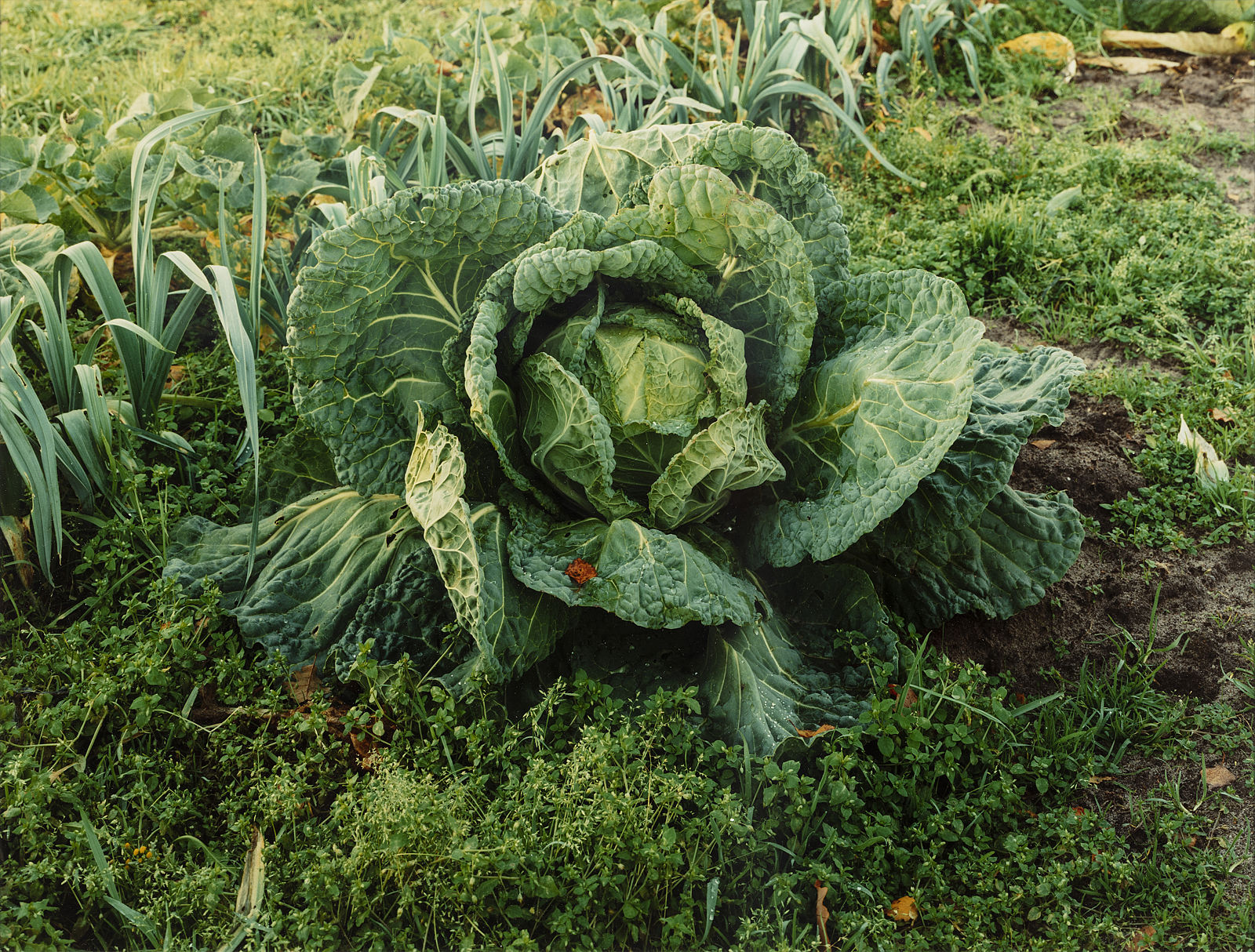
Simone Nieweg, Landschaft und Gartenstücke, 1990–2001, Wirsing, Steinhagen, 1990, Contemporary Art Collection, permanent loan Peter Paul Rubens-Stiftung, © VG Bild-Kunst, Bonn 2023, Photo: Philipp Ottendörfer
Today, the former “Becher pupils” are internationally well-known themselves, and often very successful as artists. Despite the generic term, the “Becher School”, their art can be described as independent and largely separate from that of their teachers. This is because their photographic working methods differ from those of the Bechers: they often produce large-format and, above all, coloured images, which are sometimes created digitally and also post-processed. The individual working methods can be seen in the MGKSiegen’s collection of contemporary art, which includes works by Becher pupils Götz Diergarten (“Ohne Titel (Ravenoville)”, 2000), Bernhard Fuchs (“Portrait-Fotografien”, 1994–2004), Andreas Gursky (“Schiesser”, 1991), Candida Höfer (“Bibliotheken”, 2002/2003; “Venezianische Innenräume”, 2003), Simone Nieweg (“Landschaft und Gartenstücke”, 1990–2001) and Thomas Struth (“Paradise”, 1998–2000).
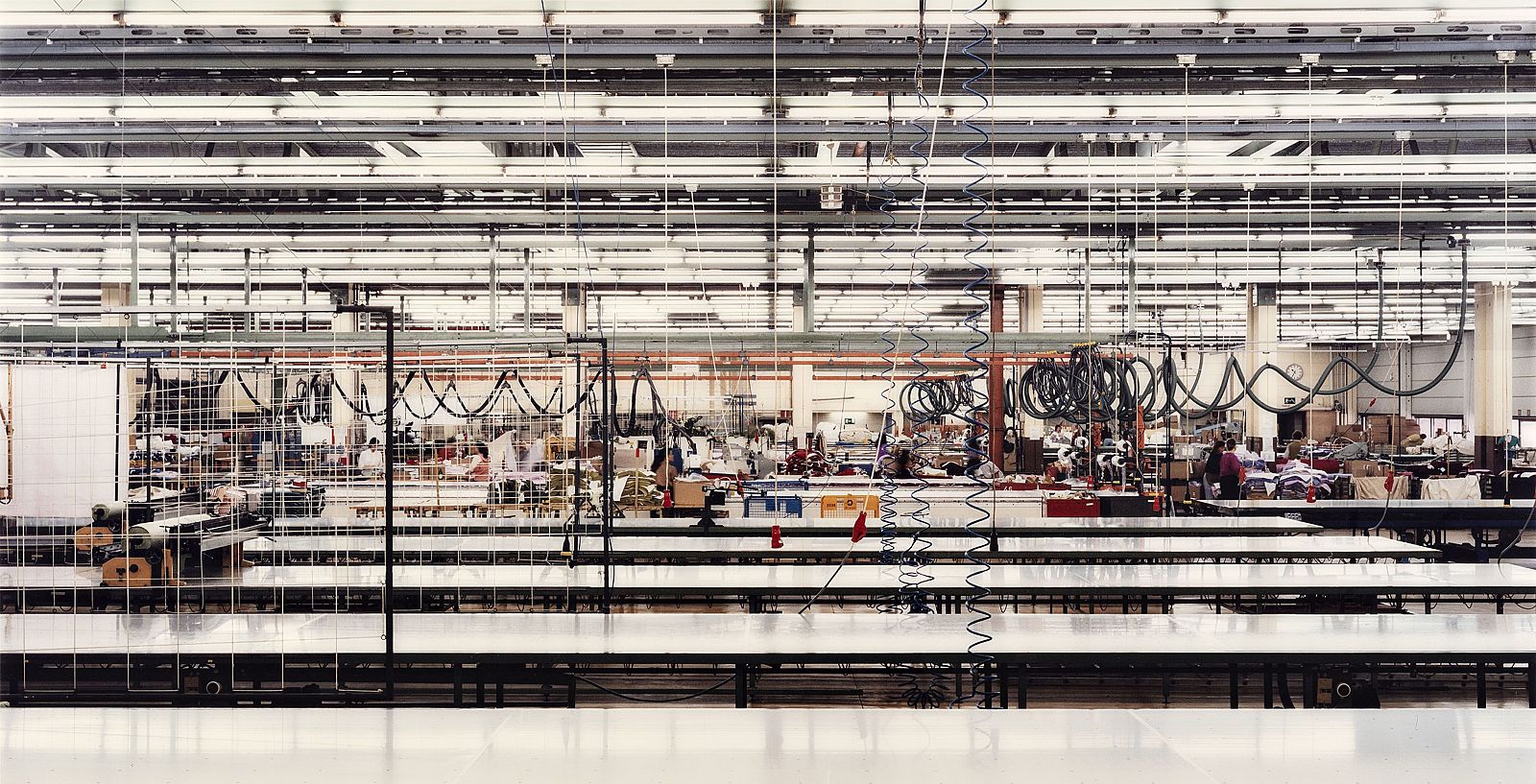
Andreas Gursky, Schiesser, 1991, 2 pcs., left, Contemporary Art Collection, permanent loan Andreas Gursky, © Andreas Gursky/Courtesy Sprüth Magers/VG Bild-Kunst, Bonn 2022, Photo: Philipp Ottendörfer
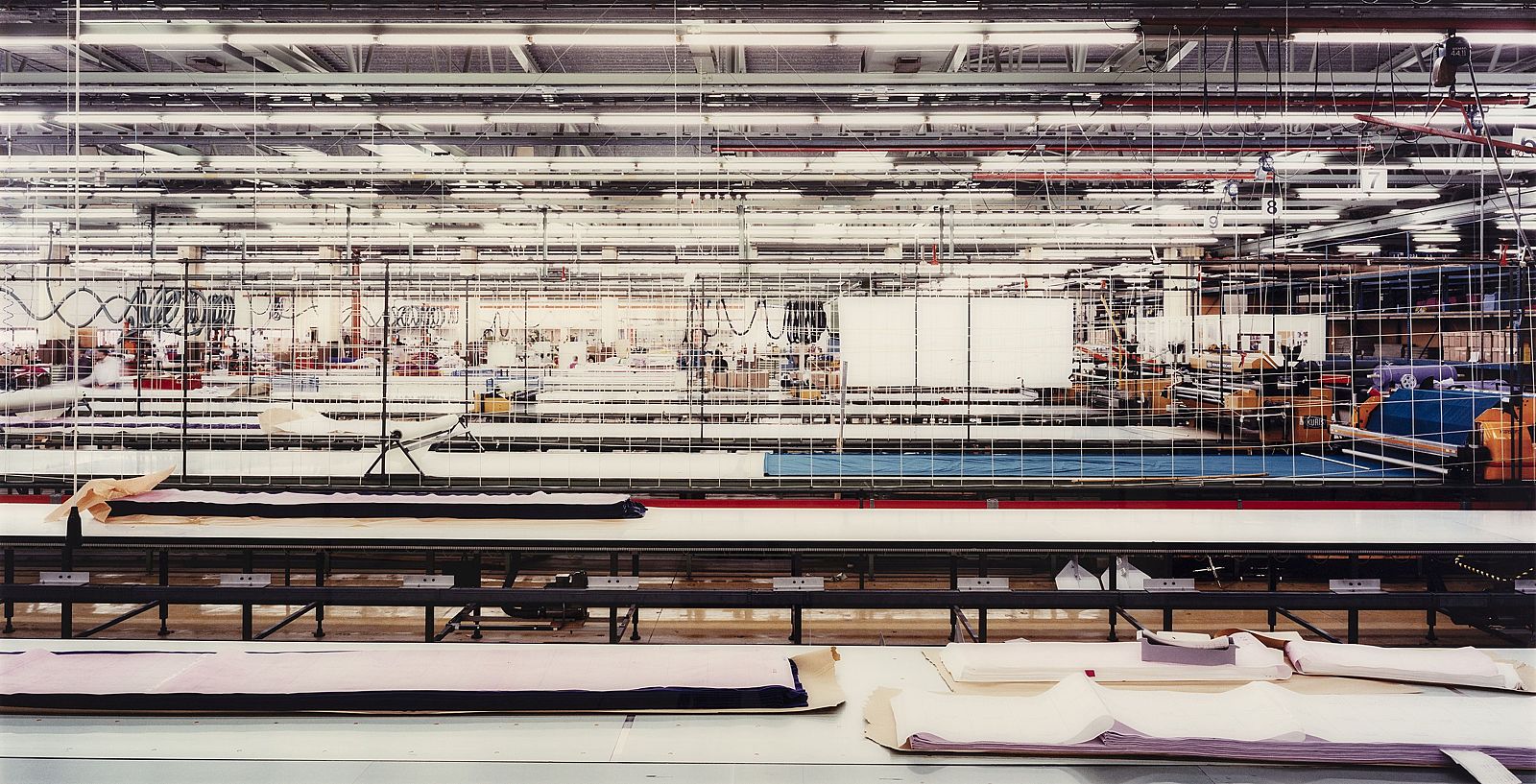
Andreas Gursky, Schiesser, 1991, 2 pcs., left, Contemporary Art Collection, permanent loan Andreas Gursky, © Andreas Gursky/Courtesy Sprüth Magers/VG Bild-Kunst, Bonn 2022, Photo: Philipp Ottendörfer
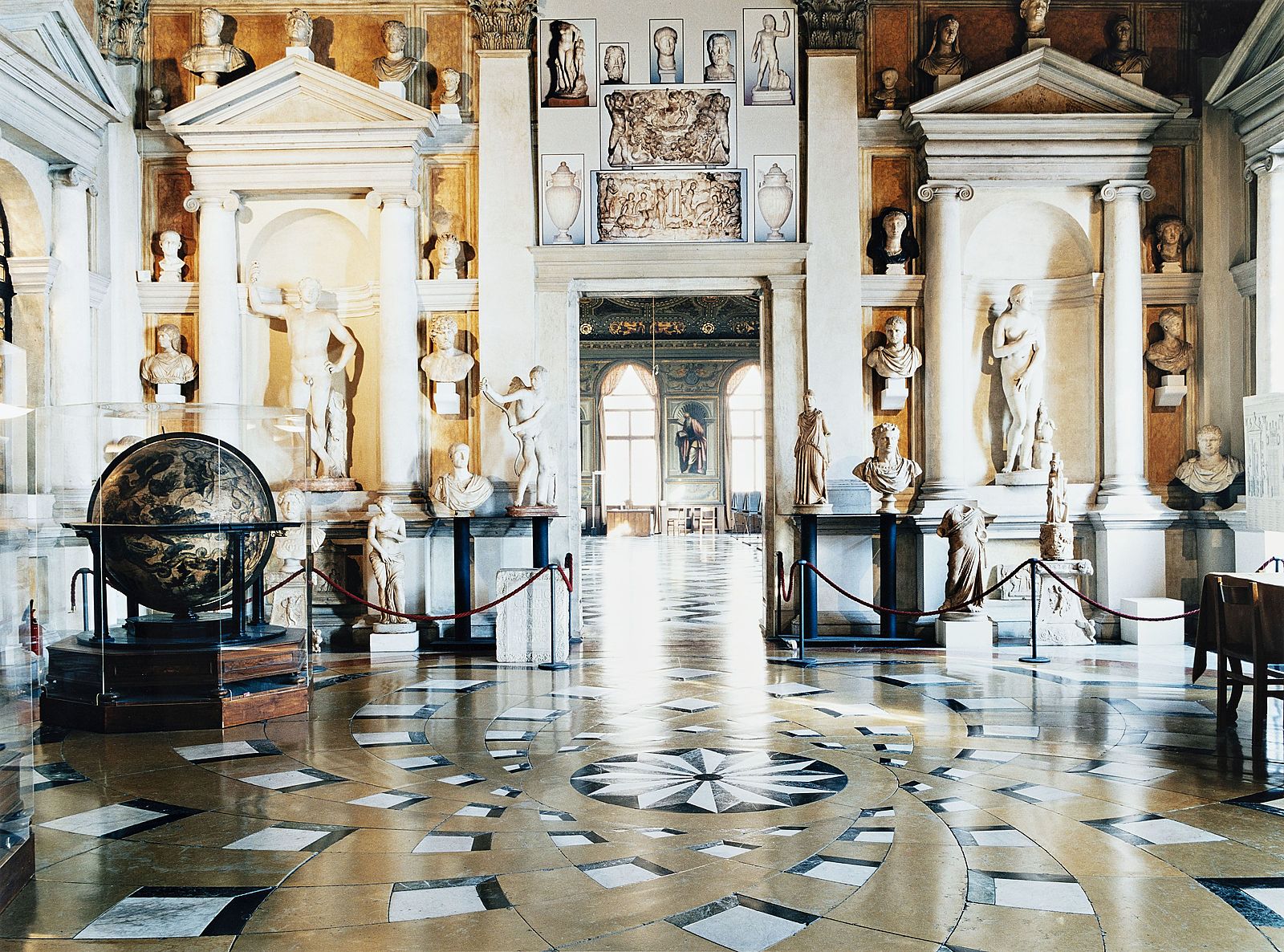
Candida Höfer, Bibliotheken, 2002/2003, Biblioteca Nationale Marciana Venezia I 2003, 2003, Contemporary Art Collection, © VG Bild-Kunst, Bonn 2022, Photo: Philipp Ottendörfer
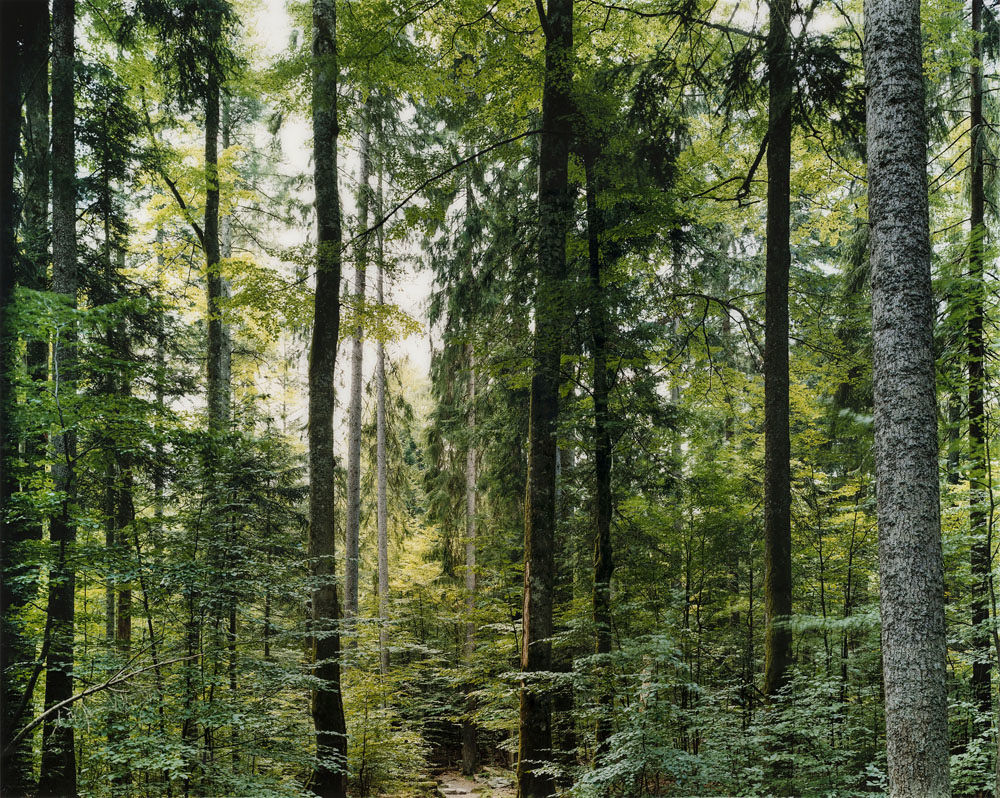
Thomas Struth, Paradise, 1998–2000, Paradise 19, Bayerischer Wald 1999, Contemporary Art Collection, permanent loan Viehof Collection, © Thomas Struth, Photo: Philipp Ottendörfer
The Bechers’ Impact on Artistic Photography
At the end of the 1950s, Bernd and Hilla Becher could not have anticipated being among the best-known, most influential of contemporary artists today. Their black-and-white photography of industrial buildings and landscapes, their objective and distanced view of functional objects, and the categorization of their photographs into “typologies” made the Bechers into a decisive influence on subsequent generations of photographers, as well as their viewers. The couple’s work facilitated a new way of seeing, which transforms what is visible.
For the first time, in professional circles the medium of photography was also perceived and recognized as art. Although the couple’s work also met with criticism, they were not deterred in their approach and always remained true to their own style.
In 1972, Bernd and Hilla Becher were represented for the first time at documenta 5 in Kassel, and they exhibited not only in renowned galleries and museums in Germany, but also in the USA.
In thousands of photographs, the artist couple documented industrial architecture, thereby capturing a cultural landscape already in the process of disappearing. Their photographs bear witness to a phase of industrialization when heavy industry shaped the lives of people in Europe and the USA. Consequently, the work of Bernd and Hilla Becher has attained far-reaching cultural-historical significance above and beyond its artistic-aesthetic appreciation.
This feature was developed as part of the project “Museum Digital”, kindly supported by the Ministry of Culture and Science of the State of North Rhine-Westphalia.
Texts and project coordination: Nora Memmert
Editorial team: Ann-Katrin Drews, Ines Rüttinger, Stefanie Scheit-Koppitz, Christian Spies, Thomas Thiel
English translation: Lucinda Rennison
Audio production: Tonwelt GmbH 2020

